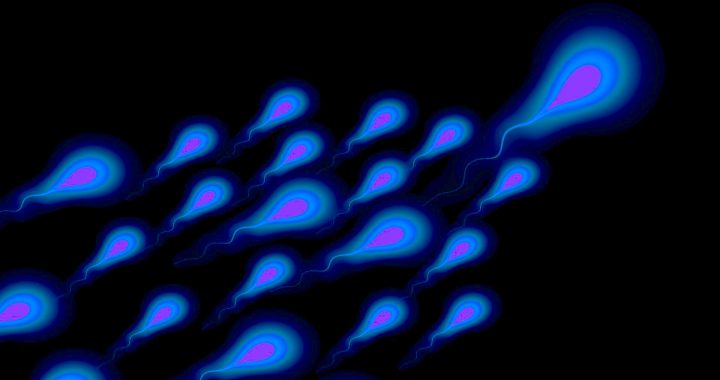On numerous occasions we find alterations in the semen analysis of the patients without this necessarily meaning that there is a health or infertility problem.
However, certain alterations should alert us to the need to repeat a seminogram in a short period of time to confirm or rule out the findings.
In 2010, the WHO established new reference values for the evaluation of the seminogram that are the following:
The 2010 normal values are:
| Volume | ≥1.5 ml |
| pH | ≥7.2 |
| Total concentration | ≥39 millions |
| Concentration par ml | ≥15 millions/ml |
| Total motility | ≥40% |
| Progresive motility (a+b) | ≥32% |
| Vitality | ≥58% |
| Normal morphology | ≥4% |
| Leukocytes | <1 million/ml |
These reference values serve to guide the diagnosis and treatment of couples who do not achieve pregnancy spontaneously, but they do not mean that a male with results within the normal ranges is necessarily fertile, nor is a male whose results are out of normal ranges is completely sterile.
Some alterations that we can find are:
HYPOSPERMIA: ejaculate volume less than 1.5 milliliters.
AZOOSPERMIA: absence of sperm in the ejaculate.
CRYPTOZOOSPERMIA: few sperm in the ejaculate.
OLIGOZOOSPERMIA: less than 15 million sperm per milliliter.
ASTHENOZOOSPERMIA: mobility less than 32%.
NECROZOOSPERMIA: vitality less than 58%.
TERATOZOOSPERMIA: normal morphology less than 4%.
LEUCOSPERMIA: presence of more than 1 million leukocytes per milliliter of ejaculate.
The correct evaluation of each of these parameters may guide us to a possible male origin of the couple’s infertility, to adopt the necessary measures to improve the altered parameters.
An evaluation by a specialist in andrology is recommended, especially in the most severe cases, to rule out other types of problems at the genitourinary level.

